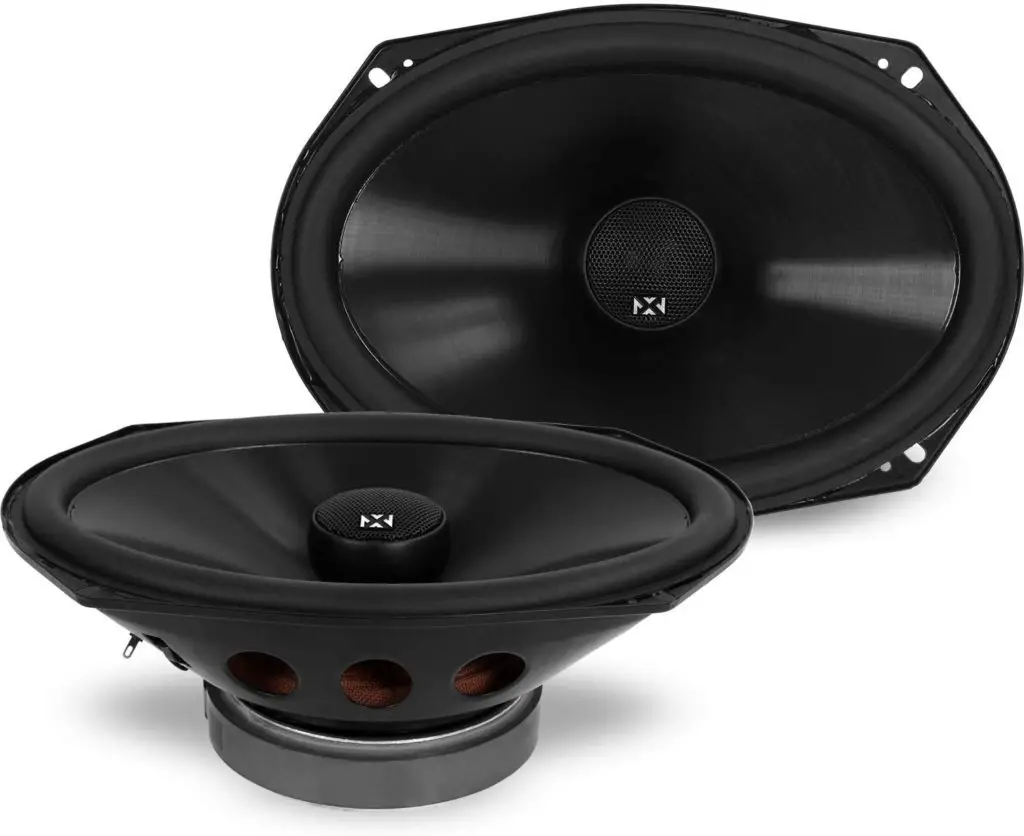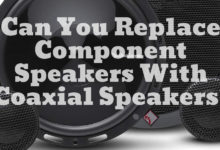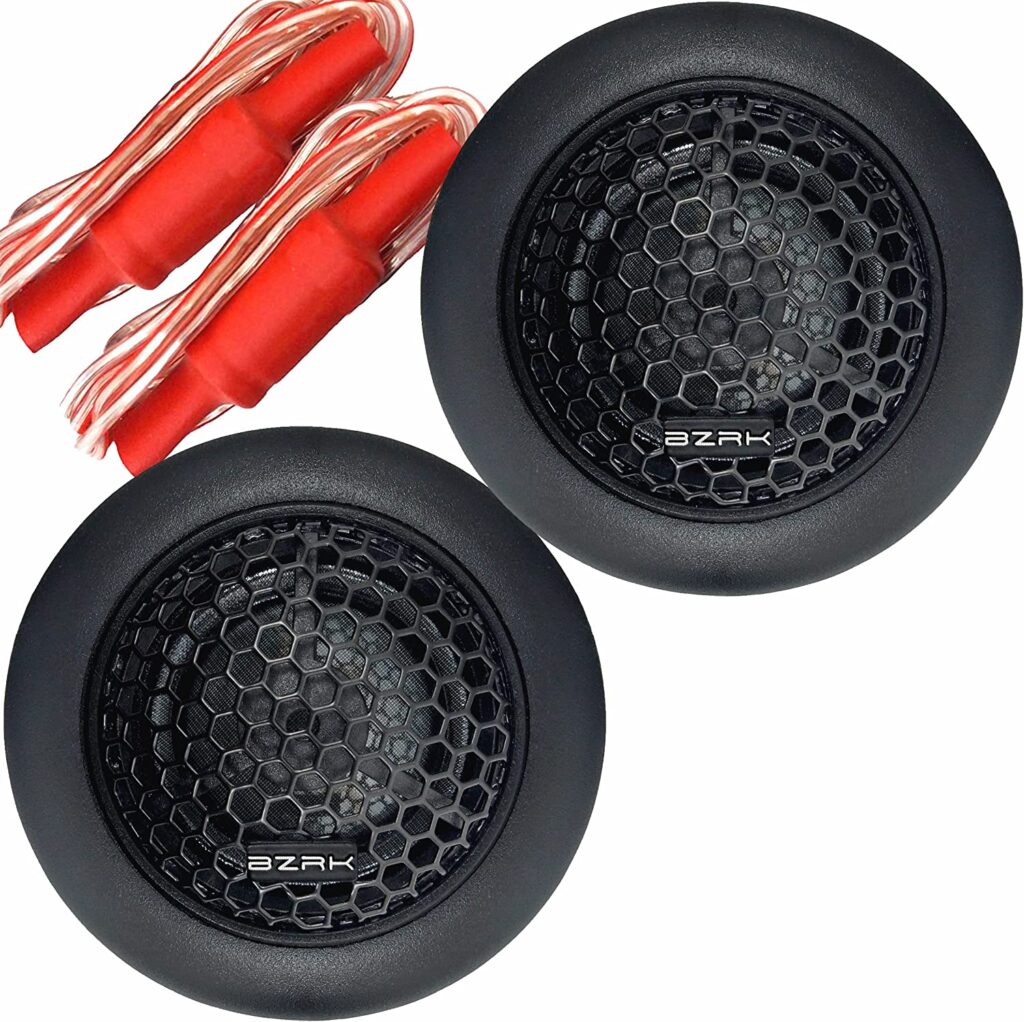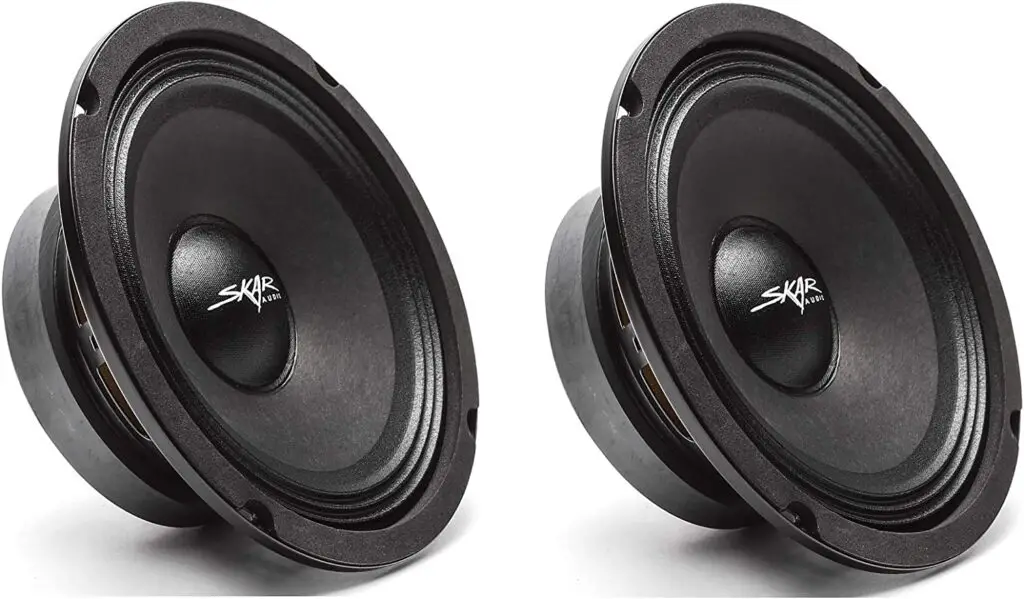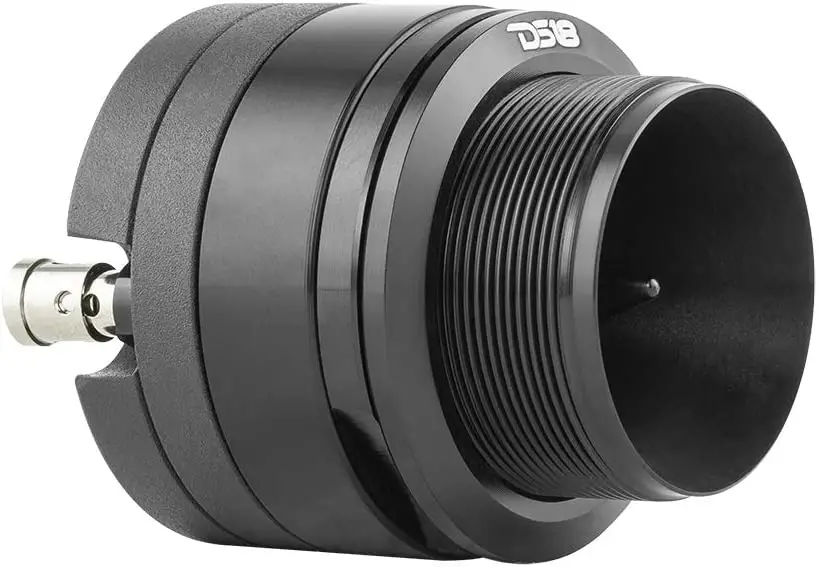The fact that both coaxial and component speakers are used for cars makes one wonder if they can both be integrated. Well, the answer to that question is not difficult to attain, as we have the answer right here.
In this article, I will teach you all you need to know about coaxial and component speakers before I then move on to answer the question. You can check out our difference between the coaxial VS component speakers article.
Find out the deal with component and coaxial speakers, as well as whether or not they can be used together. This article will help you make an informed decision when it comes time to purchase new audio equipment.
The approach above allows you to understand what both speakers are all about before you go ahead to consider mixing both speakers (that is, if that is possible).
Table of Contents
Can You Mix Coaxial And Component Speakers
Coaxial Speakers
We will begin with the less complex of the two. Don’t worry; as we proceed, you will get to understand why coaxial speakers are less complex than the two.
“Coaxial speakers are usually referred to as “full-range” speakers due to the fact that they are built to deliver a large audio range from one speaker unit. “Coaxial speakers are usually referred to as “full-range” speakers due to the fact that they are built to deliver a sizeable audio range from one speaker unit.
The coaxial and component speakers have the same type of drivers, but in the case of the coaxial speakers, the drivers are all combined in order to help users save money. Convenient right? Well, do not conclude just yet.
Coaxial speakers mostly have a woofer and tweeter in one unit; the tweeter and woofer are mounted at the top. However, three-way coaxial speakers with a tweeter, woofer, and mid-range are also available.
That is about it when talking about component speakers; now, let us move on to component speakers.
Component Speakers
Component speakers are built specifically with the aim of pleasing audiophiles. What I mean by that is that component speakers deliver the best sound performance instead of coaxial speakers.
Unlike the coaxial speakers, tweeters, mid-bass drivers, woofers, and crossovers are all separate units.
The crossover in the component speakers helps to balance the sound from the tweeter (handles high frequency) and mid-bass drivers (handles bass) and formulate ear-appealing surround sound performance.
Although the fact that you have to install each part of a component speaker set separately makes it tedious, it does not remove the fact that it saves the component speaker from stress. The separation of these units ensures longevity, and everyone wants that.
The Parts That Makeup Component Speakers
We have established that component speakers are separate to ensure proper sound performance; in this section, we look at each part individually.
Tweeters
The manufacturers of component speakers designed tweeters to handle the audio of any sound during performance. Component speakers handle audio from about 2,000 to 20,000 Hz.
“Like most speaker systems, the component speakers pay a lot of attention to the bass, which is a no-brainer because the manufacturers must have noticed the number of individuals that do not joke with the”bop” in their music. “Like most speaker systems, the component speakers pay a lot of attention to the bass, which is a no-brainer because the manufacturers must have noticed the number of individuals that do not joke with the “bop” in their music.
“That is why tweeters are important; they handle the vocal part of things to keep the balance; as a matter of fact, the tweeter is so named after the noise a bird makes, which is called”tweeting”. “That is why tweeters are important; they handle the vocal part of things to keep the balance; as a matter of fact, the tweeter is so named after the noise a bird makes which is called “tweeting”.
That makes you think of Twitter, right? Yeah, it had that effect on me too.
Mid-Range
The audible spectrum of any speaker has a middle range with a sound that falls between 300 to 5,000Hz. This causes an inevitable bridge between tweeters and mid-range speakers.
Because of this overlap above or bridge, manufacturers of component speakers place the woofers in the doors that keep them away from the tweeters.
The separation between these two keeps them from overlapping and ensures a balanced sound production when in use.
Crossovers
I talked about balance when I discussed the positioning of the mid-range. The crossovers in a component speaker are in charge of the balance mentioned above.
Although the positioning of the mid-range helps balance how it operates alongside the tweeter, the crossover makes sound balancing seamlessly possible. Now let us take a look at these crossovers.
Woofer
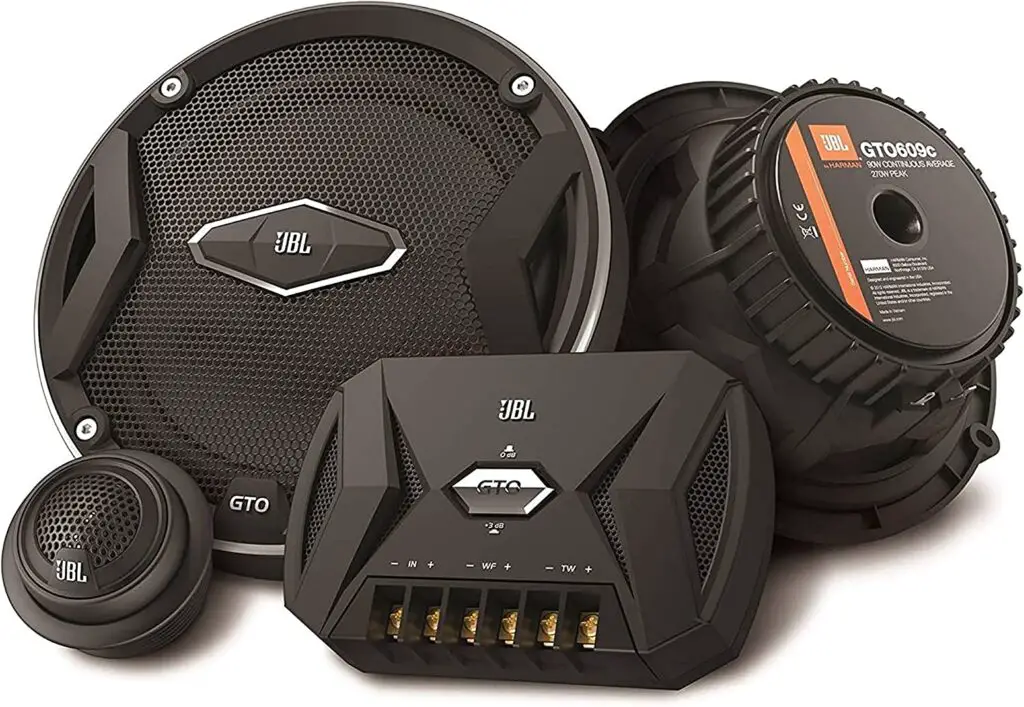
The woofers are in charge of delivering low bass sounds that the midrange cannot handle. Yes, the midrange, like its name, can only handle midrange sound.
“The woofer, on the other hand, handles those low sounds that seem like a growling dog just before it barks, and oh, the woofer got its name from that dog sound.”Woof-er” The woofer, on the other hand, handles those low sounds that seem like a growling dog just before it barks, and oh, the woofer got its name from that dog sound. “Woof-er”
Super-Tweeters
The super-tweeters do not mean what you probably think they do. They are in charge of producing ultrasounds that go beyond human hearing.
Do you know those sounds that only dogs can hear? Yeah, that’s the one. I’m sure you have noticed by now how much of these are inspired by animals. Well, that’s because they inspire many things related to music production.
If you take note, animals sing most of the time, and most of the sounds they make are repetitive.
Subwoofers
The subwoofers are the bass version of the super tweeters; they are designed to produce a top-notch base lower than the ones the woofers produce.
You know that subliminal bass sounds you hear under the principal bass of a song, those that you cannot place your finger on, but they drive you wild? Yeah, those are subwoofers at work.
Why The Component Speakers Stand Out?
Yes, throughout this article, we have discussed the component speakers at length. This is to help you understand how complex it is and the trouble the manufacturers went through to give you the best sound performance.
Coaxial speakers, however, are pretty much the same whether you use the one that comes with your vehicle or purchase a new one; the positioning is always the same because everything is in the same place.
This method compromises the tweeter and woofer, as we have explained when talking about the mid-range above.
Component speakers are more expensive but offer the best sound performance instead to the coaxial version. In the case that you need that bopping sound mentioned earlier, the component speakers are your best bet.
The Merits And Demerits Of Component Speakers
This article seems to have been positioned to hype the component speakers; that is not the case, as they are not entirely perfect.
Some things make them less appealing. Now let us take another look at the things that make them stand out and the ones that delineate their appeal.
Merits
- When using a component speaker, you are assured of better sound imaging. This is achievable because the components of the speakers can be mounted wherever you prefer.
- The crossover is better; this goes without saying when you consider the many functions of the crossover. It is designed to give you clean sound by separating the frequencies, letting you experience them individually and simultaneously.
Demerits
- Mounting the crossover is daunting because you must search for a place to mount them.
- Installing a set of component speakers is no walk in the park, as you have to install each part individually for hours instead of coaxial speakers that you install in one go.
A Summary Of Coaxial And Component Speaker’s Differences
The two speaker types have been distinctly discussed; now it’s time to summarize their differences.
Both speakers can be utilized when augmenting or crafting audio systems for vehicles. Coaxial speakers are the most common of the two speakers.
They have more than one driver to enable them to access and produce audio frequencies of different ranges. Component speakers, on the other hand, are not as popular, but audiophiles look out for them when they want to purchase a vehicle or change the sound system of their vehicles.
Coaxial And Component: Which Is Ideal For You?
As you already know by this point, both speakers have their benefits and disadvantages. Choosing which one is better depends on the kind of individual you are and the sound you prefer. For clarity, let’s take a look at the best features of both of them.
Component
- Flexibility: You can arrange component speakers in your vehicle however you want
- Better overall sound performance
Coaxial
- More Affordable as opposed to component
- Fits perfectly and seamlessly during installation
- Crossovers not needed
Component speakers offer better sound performance on one end, while coaxial speakers can be installed with little or no stress and are cheaper.
Replacing a coaxial speaker is as simple as just dropping and placing it since most manufacturers produce cars with coaxial speakers.
Suppose you have no intention of breaking the bank by buying a speaker and worrying about paying for installation. In that case, you should avoid component speakers and go for coaxial instead.
But if you do not mind spending that extra buck and do not mind the installation process, you can go for the component speakers.
Can You Mix Coaxial And Component Speakers?
Finally, it is time to answer the question that has brought us here. If you intended to mix your component and coaxial speakers before reading this piece, I’m sure you want to do that more now that you have seen the best of both worlds.
Well, the answer is a resounding yes. And it is pretty easy, too; all you have to do is run the tweeters off the crossover. After that, run the coaxial speakers off the amplifier, and you are done!

